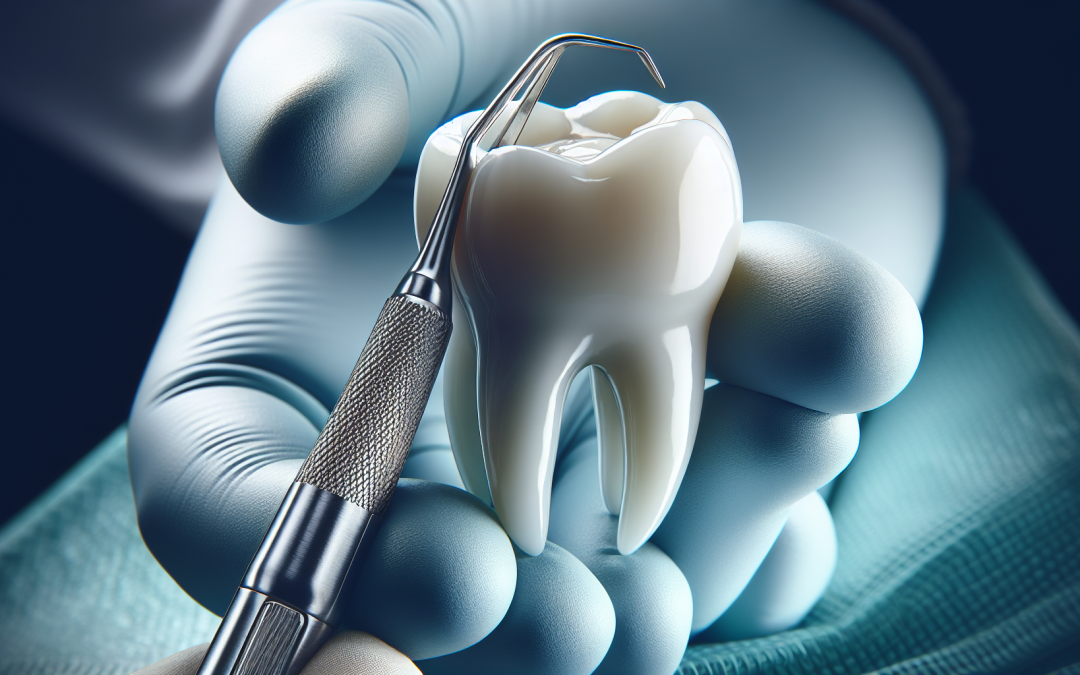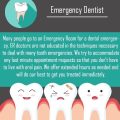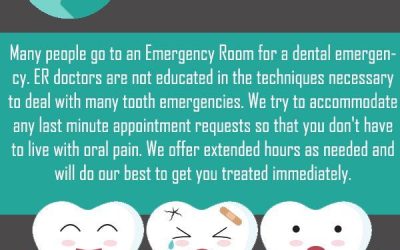You never know when an urgent situation might arise, especially when it comes to your dental health. Understanding what qualifies as a dental emergency is crucial for timely and appropriate treatment. From excruciating toothaches to knocked-out teeth, the list of potential dental emergencies can be overwhelming. In this article, we will shed light on various scenarios that fall under the category of dental emergencies, ensuring you know exactly when it’s time to seek immediate dental care. A dental emergency refers to any situation that requires immediate attention from a dentist to alleviate severe pain, prevent further damage, or save a tooth. Dental emergencies can arise unexpectedly and can be quite distressing. Knowing what qualifies as a dental emergency can help you take the appropriate steps to seek prompt professional care, ensuring the best possible outcome for your oral health. In this article, we will discuss various dental emergencies and their causes, as well as the treatment options available for each.
Severe Tooth Pain
One of the most common dental emergencies is severe tooth pain. This intense and persistent pain can disrupt your daily activities and significantly impact your quality of life. Tooth pain can have various causes, including tooth decay, abscessed tooth, tooth fracture, or infection. If you experience severe tooth pain, it is crucial to seek immediate dental care to determine the underlying cause and alleviate the pain effectively.
To treat severe tooth pain, the dentist will first conduct a thorough examination, which may include dental X-rays. Based on the diagnosis, the treatment options may involve root canal therapy, tooth extraction, or other appropriate measures to address the underlying issue and provide relief from the pain.
Facial Swelling
Facial swelling can be alarming and is often an indication of an underlying dental emergency. This swelling can occur due to several reasons, such as an abscessed tooth, gum infection, or facial trauma. Facial swelling can sometimes be accompanied by severe pain and difficulty in opening your mouth.
When faced with facial swelling, it is crucial to seek immediate dental care. The dentist will evaluate the condition and determine the underlying cause. Treatment for facial swelling may involve antibiotics to reduce infection, drainage of abscess, or other necessary procedures depending on the specific situation.
Broken or Fractured Tooth
A broken or fractured tooth can occur due to various reasons such as trauma, biting on hard objects, or weakened tooth structure. When a tooth is broken or fractured, it can cause significant pain and sensitivity. Additionally, a broken tooth can lead to further damage if not treated promptly.
There are different types of tooth fractures, including enamel fractures, enamel-dentin fractures, and fractures that extend into the tooth’s root. Treatment for a broken or fractured tooth depends on the severity and location of the fracture. It may involve dental bonding, dental crowns, root canal therapy, or tooth extraction in severe cases.
Knocked-out Tooth
Having a tooth knocked out is undoubtedly a dental emergency that requires immediate attention. If a tooth is completely knocked out, time is of the essence to increase the chances of successful re-implantation. When a tooth is knocked out, it is essential to handle it properly to avoid any further damage.
If your tooth gets knocked out, follow these immediate steps before seeking emergency dental care. First, carefully pick up the tooth by the crown, avoiding touching the root. Gently rinse the tooth with water if it is dirty, but do not scrub or remove any attached tissue fragments. If possible, try to reposition the tooth back into the socket, ensuring it faces the right way. If reinsertion is not feasible, store the tooth in a container with milk, saliva, or a tooth preservation solution and seek immediate dental care.
Emergency dental care for a knocked-out tooth may involve re-implantation or other appropriate measures, depending on the condition of the tooth and surrounding tissues.
Loose Tooth
Experiencing a loose tooth can be a concerning dental issue. A loose tooth can occur due to various reasons, including trauma, gum disease, or an underlying bite problem. While a loose tooth in children is a natural part of tooth development, it is not typical for adults.
When faced with a loose tooth, it is crucial to seek dental attention to determine the underlying cause and prevent further damage. The treatment for a loose tooth depends on the cause and severity. It may involve splinting the tooth to the adjacent teeth, bite adjustment, gum disease treatment, or tooth extraction in severe cases.
Severe Gum Bleeding
Severe gum bleeding can be a sign of a dental emergency and indicate underlying gum disease or trauma to the gums. Gum bleeding can make it difficult to eat, speak, or maintain proper oral hygiene. If you experience excessive or persistent gum bleeding, it is important to seek immediate dental care.
The dentist will examine your gums and determine the cause of the bleeding. Treatment for severe gum bleeding may involve professional cleaning, gum disease treatment, or other appropriate measures to address the underlying issue and promote gum health.
Abscessed Tooth
An abscessed tooth is a severe infection that occurs in the tooth’s root or the space between the tooth and gums. It can cause excruciating pain, facial swelling, fever, and general malaise. An abscessed tooth requires immediate dental attention to prevent the infection from spreading and causing further complications.
Recognizing the signs and symptoms of an abscessed tooth is essential. These may include severe toothache, swelling in the face or cheek, sensitivity to hot or cold, foul taste or odor, and swollen lymph nodes. Treatment for an abscessed tooth usually involves drainage of the abscess, root canal therapy, and antibiotics to eliminate the infection.
Lost Filling or Crown
A lost filling or crown can expose the underlying tooth structure, causing sensitivity and discomfort. It can also compromise the tooth’s integrity and increase the risk of further damage. If you lose a filling or crown, it is important to seek immediate dental care to prevent any complications.
Before visiting the dentist, you can take immediate steps to protect the exposed tooth. Clean the area gently with lukewarm water and try to place dental cement or temporary dental filling material over the tooth to provide temporary protection. Avoid chewing on the affected side until you receive proper treatment from the dentist.
Treatment options for a lost filling or crown may involve replacing the filling or crown and ensuring the tooth’s stability and functionality.
Injury to Soft Tissues
Injuries to the soft tissues of the mouth, such as the lips, tongue, cheeks, or gums, can occur due to accidents, falls, or biting on hard objects. These injuries can result in profuse bleeding, severe pain, and potential damage to the oral structures.
If you injure your soft tissues, it is essential to seek immediate dental care. The dentist will evaluate the extent of the injury and provide appropriate treatment. This may involve controlling the bleeding, cleaning the wound, suturing if necessary, and prescribing pain medication or antibiotics to prevent infection.
Orthodontic Emergencies
Orthodontic emergencies can occur when there is a problem with orthodontic appliances, such as braces or retainers. Common orthodontic emergencies include broken or loose brackets, poking wires, or a displaced appliance. These emergencies can cause discomfort and potentially disrupt the treatment progress.
If you experience an orthodontic emergency, contact your orthodontist as soon as possible. They will guide you through the immediate steps to alleviate any discomfort and prevent further damage. Treatment for orthodontic emergencies may involve adjusting or repairing the appliance to ensure proper functioning and continued progress in the orthodontic treatment.
In conclusion, understanding what qualifies as a dental emergency is crucial for maintaining good oral health and seeking timely treatment. Severe tooth pain, facial swelling, broken or fractured tooth, knocked-out tooth, loose tooth, severe gum bleeding, abscessed tooth, lost filling or crown, injury to soft tissues, and orthodontic emergencies are all examples of situations that require immediate attention from a dentist. By being aware of the signs, causes, and treatment options for these dental emergencies, you can take the necessary steps to protect your oral health and well-being. Remember, in any dental emergency, do not hesitate to reach out to a dental professional for prompt and appropriate care.












